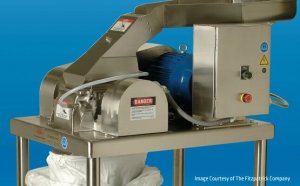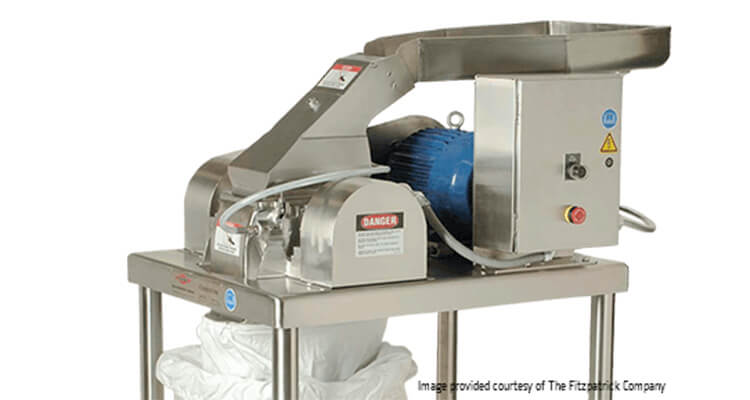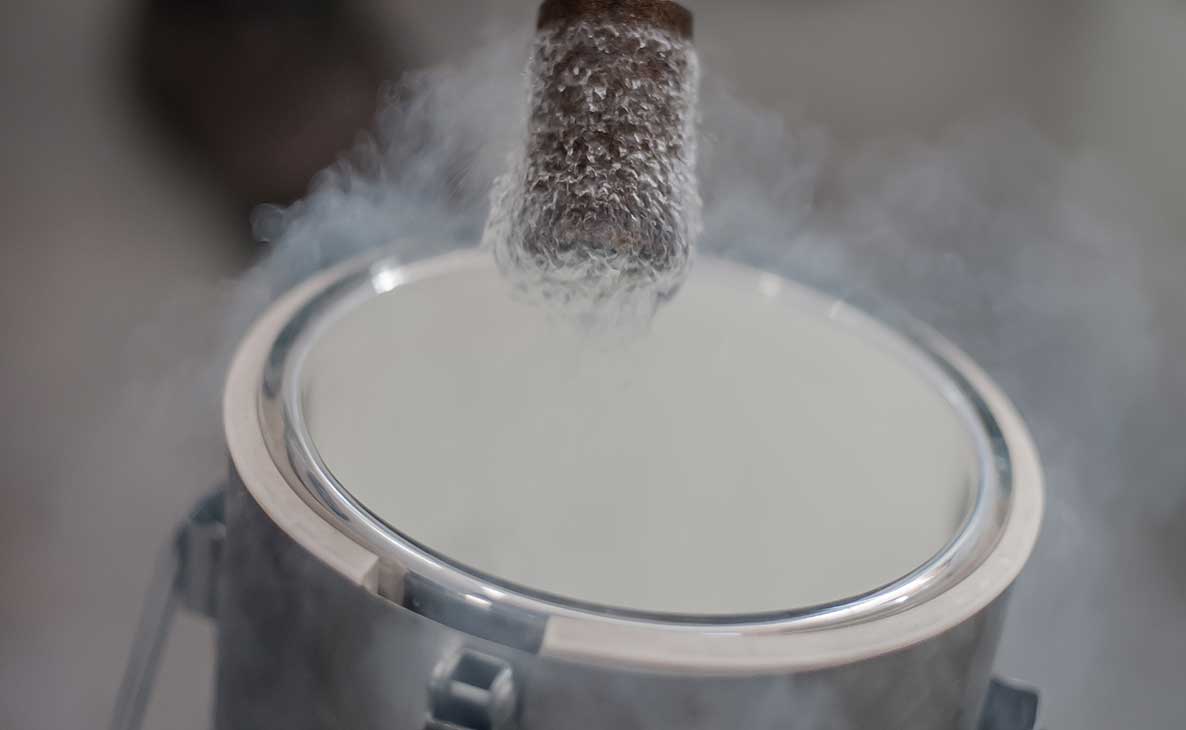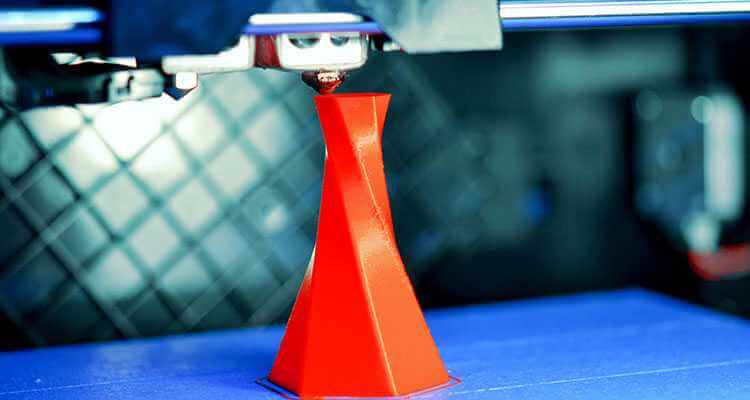Back in the Stone Age, when a Neanderthal man wanted something crushed down, he would simply strike it repeatedly with a hard rock until it was the desired size. Fast forward thousands of years of evolution and we now have more advanced tools, brain function, and problem-solving skills. And yet, when we need a material to be reduced in size, one method has stood the test of time: hammering.
The process of hammer milling is a much more modern version of that age-old technique: smashing something with a hammer to make it smaller. It is so simple and effective, that when a customer came to us with a polymer pellet that was going to be especially difficult to break down, we knew our hammer mills were the right equipment for the job.
What is hammer milling?

Hammer milling uses rapidly rotating “hammers” to collide with the material once it is fed into the chamber. The particles are then struck repeatedly until they are reduced to the desired size and can pass through a screen.
Hammer mills can use either “hard” or “soft” hammers:
- Hard hammers are blunt and impact the material with a flat surface, leading to greater particle size reduction and wider particle size distribution.
- Soft hammers use sharp, knife-like edges to slice apart the material, which achieves less particle size reduction, but a narrower particle size distribution.
Overcoming a non-friable material
The biggest potential drawback to using a hammer mill is when the material itself is not intrinsically friable, meaning it won’t easily crack under the application of force. Intrinsically friable materials usually have microscopic defects, like fractures or gaps, which act as natural places along which cracks can propagate, allowing the material to break apart.
The polymer pellets our client came to us with were just such a non-friable material and were intended to be used in an additive manufacturing application. The difficulty then was finding conditions under which the polymers would easily fracture.
There are generally 3 options for making the polymer pellets more friable (combinations of the below processes generally work synergistically):
1. Solvent crazing: Produces a network of fine cracks on the surface of the pellets from which cracks can propagate.
2. Sample irradiation: Exposes the pellets to doses of ionizing energy to introduce defects that affect mechanical strength.
3. Cryogenic freezing: Reduces the temperature of a polymer to below its glass transition temperature (Tg), which makes the polymer brittle.
The AVEKA solution
The R&D team at AVEKA determined that cryogenic freezing would be the most efficient and cost-effective method available. A series of small test batches were run to determine the best screen size to obtain the target particulate size.
Typically, a larger screen results in a faster throughput, whereas a smaller screen has slower throughput and is thus more costly. The starting size of our pellets was 3 mm, and the testing resulted in a screen that would result in our client’s desired average size of 300 μm.
After determining the best milling conditions, a 25 kg test batch was run, and it was confirmed that we were able to chill the polymer below its glass transition temperature (Tg) in a continuous fashion, allowing for longer runs on the hammer mill.
After several rounds of successful testing, our engineers ramped up the process to a production scale. The finished product was then packaged and shipped off to our AVEKA CCE facility where it would be further jet milled down to 10 μm—an ideal additive manufacturing material.
What can we hammer out for you?
AVEKA is a full-service toll processing and research & development company that specializes in hammer milling and other particle reduction processes. From lab-scale to production and with over 30 unit operations, we can handle your one-step or multi-step manufacturing needs. Contact our specialists today to discuss your product needs.


